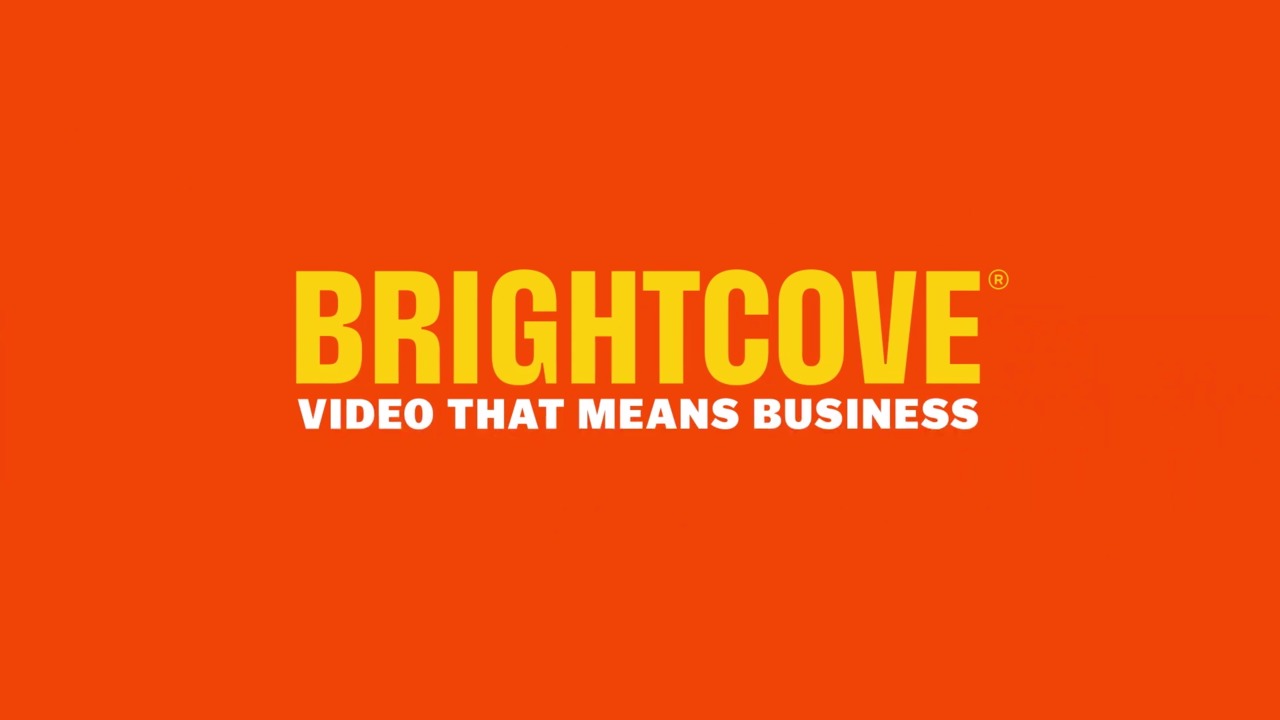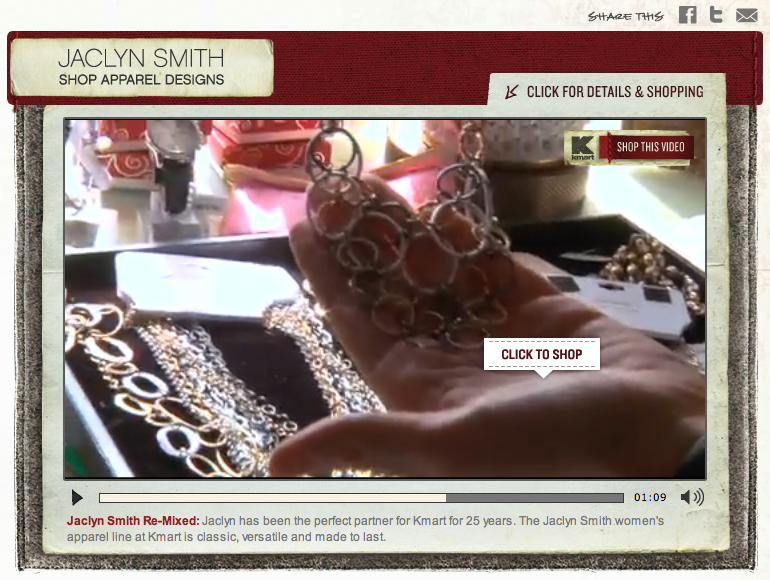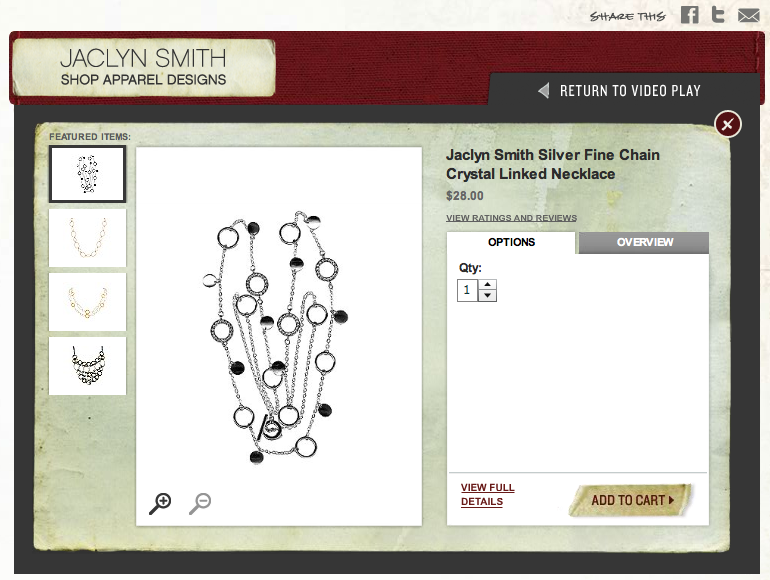.jpg) Marketing efforts generally aim to reach that golden moment of conversion: when the customer takes the desired action. In e-commerce that's usually the point of sale, and to get there marketers rely on the trusty call to action.
Marketing efforts generally aim to reach that golden moment of conversion: when the customer takes the desired action. In e-commerce that's usually the point of sale, and to get there marketers rely on the trusty call to action.
Until recently video on the web played a supporting role in conversion efforts by demonstrating product or services' value, but hadn't necessarily led as a platform to support the critical click-to-buy moment. Now, video platforms are introducing all kinds of interactivity with hot spots, overlays, buttons, widgets, and mouse-overs that present an immediate next step to lead customers to conversion. Instead of thinking of video assets as static media, marketers are beginning to use that immersive content to grab customers at the most persuasive moment: when they see products in use and in context.
Timing
A call to action can happen at any point during a video. Queuing up click to buy alerts throughout a video in context, like when a specific product is featured in a video segment, increases the number of touch points and products you can feature. In other cases it might make sense not to interrupt a more complex story, so you might wait to show a popup at the end of a video to provide a link with a strong message to prompt a potential buyer . It's important to consider the viewers' experience in deciding the right moment for the call to action. Will the call to action be jarring, or helpful? If you aren't sure, analytics can provide accurate and specific feedback about customer response to the timing.
Messaging
What are you asking your potential customers to do? Word choice can be the strongest signal to drive customers' next step. Beginning with action verbs like "click," "try," and "buy" make the desired activity very clear. Including temporal cues like "now" or "today" create a sense of urgency. Including specific numbers like "for only 9.99" can entice customers with a concrete price. Messaging should make the next step obvious and easy for customers.
Given it's relative newness, viewers might still expect a passive video experience, so that puts a lot of pressure on designers to present intuitive and compelling visual cues that indicate a video's interactive features. Luckily, Brightcove partners offer a number of solutions that make next steps obvious. Hotspots and widgets can highlight a particular area on the video, that usually corresponds to a product for purchase. Corner buttons can remind customers throughout a video of the opportunity to purchase. And mouse-overs can show interactivity by following a customer's cursor with an action message.
Content (or Context) is King
Most importantly, a call to action is only as effective as the content that surrounds it. Think about the best ways to show off your product in context to help customers visualize potential use and to appeal to their senses. If the call to action doesn't match with the video content, customers will be turned off by an irrelevant interruption.
In Practice
Kmart Design promotes their extensive collection of home goods and apparel from featured designers, combining quality video content with a "Shop This Video" experience using a combined Brightcove and Allurent solution. In addition to providing a resource for customers visiting the main domain, Kmart reaches customers on their facebook.com/kmartdesign fan page by embedding the video shopping experience there as well.
The "Shop This Video" experience is persistent wherever the video is embedded, demonstrating just how sticky and powerful using video as a conversion tool can be!
Learn More
Brightcove partners with Allurent, Cavi.tv, and LinkTo.tv to create content rich shopping experiences for e-commerce sites. Check out our partner list for details. For more on using video for e-commerce, download our white paper V-Commerce: The Rise of Internet Video, co-authored with Adjust Your Set.
Sara Marie Watson is Brightcove's Online Video Platform Evangelist. She tweets @smwat.



